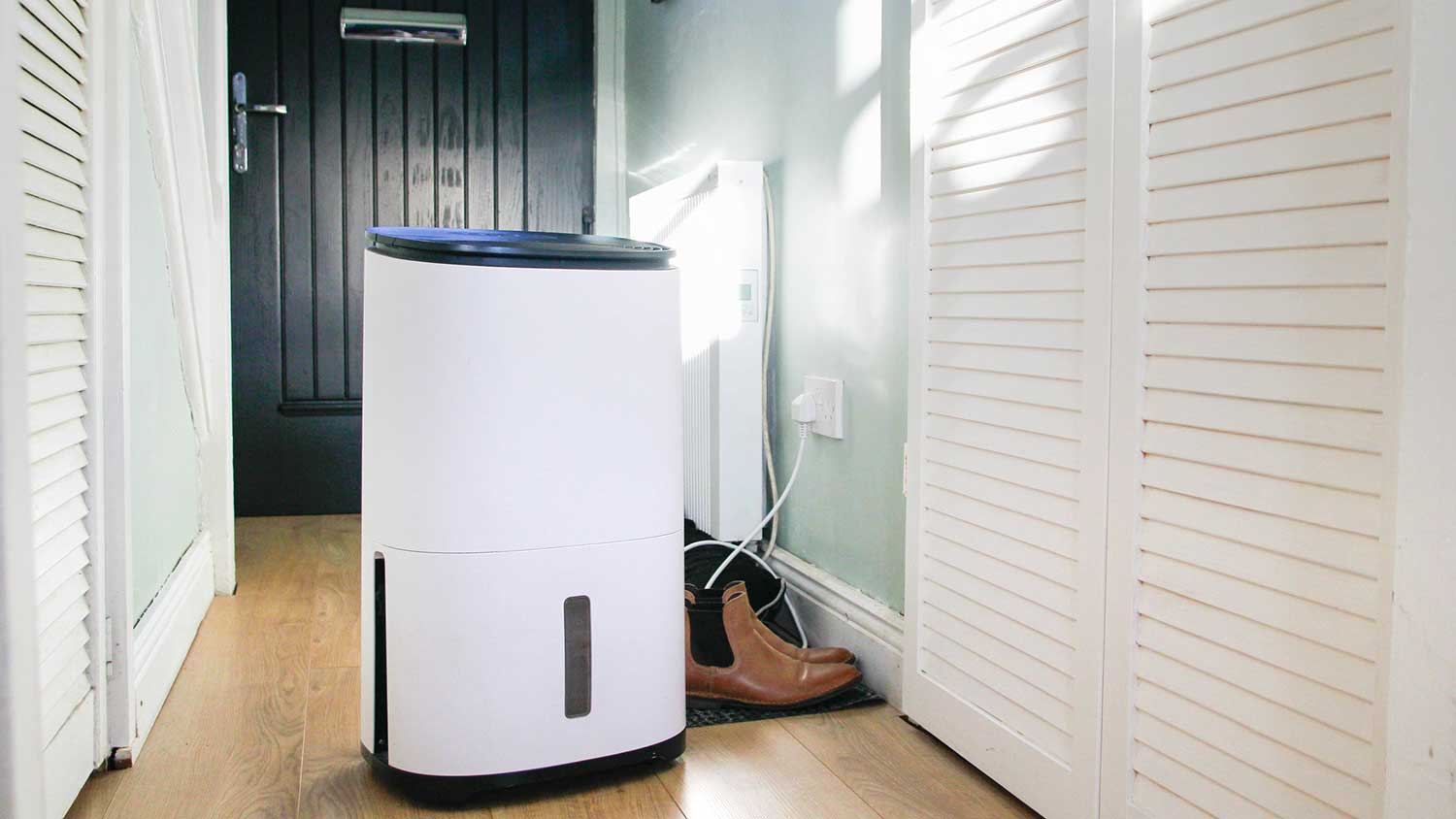Why Is My Home So Dusty? 5 Common Problems and Solutions
Don’t let the dust settle


Dust in your home can come from inside and outside sources.
Keeping up with a cleaning routine can keep dust to a minimum.
Sometimes, the solution is as simple as closing your windows.
A dusty house can worsen allergies and require excess cleaning; if your home is extra dusty, it can be frustrating. There are a few reasons why your home is so dusty, and we break them down here as well as share solutions to help you rid your home of dust to keep things fresh year-round.
1. Dirty Filters and Vents
The filters for your HVAC system are responsible for filtering dust, dirt, and allergens out of the air as it circulates the air through the system. But if those filters are dirty, they won’t be able to capture the particles floating around and accumulating on surfaces. If the vents are full of dust, then it will blow back into the room when the system kicks on.
The Solution
To fix this issue, you should change the HVAC filter and start fresh every three months or so. You may want to change them more frequently if there’s a lot of pollen in your area during certain times of year or you notice that they are dirty sooner. You can also vacuum and wipe off the vents when you see them start to accumulate dust and dirt to prevent it from blowing back into your house.
2. Dirty Upholstery or Rugs

Dirty upholstery or rugs can be the culprit if you're noticing more dust in your home than usual. Rugs and upholstery tend to hang on to dirt, dust, pet dander, and pollen, and if they haven’t been cleaned in a while, you may notice particles swirling up when you sit down. Other places dust can hide only to show up on your counters and tables later are in curtains, mattresses, and pillows.
The Solution
Vacuuming more often and even getting out the carpet shampooer can reduce the amount of dust and dirt in your furniture and rugs, leaving your home feeling fresh and less dusty. You can also wash window coverings and change your pillows. You can also have your upholstery professionally cleaned for a fresh start.
3. Pet Dander
Even though your furry friend is part of the family, they may also be part of the problem if you’re wondering why your home is so dusty. Pet dander—the skin cells that shed—along with the fur and dirt they bring in after playing outside can all contribute to dust accumulation in your home.
The Solution
While it’s nearly impossible to completely rid your home of pet dander, you can brush and bathe your pets regularly to reduce the amount of dander and fur that they shed around the house. You can also remove pet dander in your air ducts so that it doesn’t blow back into the house.
4. Lots of Places for Dust to Hide

Lots of knick-knacks around the home offer a great place for dust to hide only to swirl up when someone walks by. In other areas, dust can hide in plain sight on surfaces that haven’t been dusted in a while—lampshades, window sills, frames, ceiling fan blades, the floor under furniture, and even the walls can harbor dust. If you have a lot of places for dust to hide, it will get disturbed when there’s airflow or motion nearby and then resettle elsewhere.
The Solution
Adding dusting to your house cleaning checklist can help solve this problem. You can use a dust cloth, dusting mitt, dust want, or duster with an extension pole to get high, hard-to-reach areas. Getting into a routine will help keep dust levels down, and if you notice that an area has accumulated dust, grab a dusting tool and do a quick wipe to stay on top of it.
5. Exterior Factors
Sometimes an excess of dust in your home isn’t related to your home at all. Construction in your area, a period when the pollen count is higher than normal, or even dry weather can contribute to excess dust in your home.
The Solution
Unfortunately, there’s not much you can do to prevent these exterior factors from coating your home with dust, but simply keeping the windows closed if you notice higher-than-normal dust levels can keep quite a bit of it outside rather than in your home.
When to Call a Pro
Most of the time, you can handle a dusty home on your own. Ramping up your cleaning routine, keeping up with your pet’s bath schedule, and closing the windows during dry or high pollen days will usually be enough to keep dust to a manageable level. In some cases, however, you may want to call in a pro to help you get a handle on things. If you aren’t sure how to replace your HVAC filters, you can call in an HVAC repair pro near you to replace the filters and check to make sure the system is running efficiently. You can also hire a cleaning service if you feel like things have gotten out of hand, and you want a fresh start.
Frequently Asked Questions
If you have a lot of dust in your home, an air purifier can help draw dust, pet dander, and pollen out of the air and trap it in a filter. Air purifiers are especially nice if you have allergies or lots of pets as air purifiers that use a HEPA filter can reduce allergens by up to 99.7%.
Having dust in your home doesn’t automatically make your house unhealthy, but it can contribute to allergies and other respiratory issues. Dust is a mix of tiny particles that include dirt, dead skin cells, dust mite body parts and droppings, animal dander, and pollen, so breathing in excessive amounts isn’t good for your health. Dust accumulation can also accumulate in fabrics, mattresses, and rugs, as well as harm electronic devices if it builds up inside the system.





- Furnace Repair
- Air Conditioning Repair
- HVAC Repairs
- Furnace Installation
- Wood & Pellet Stove Repair
- Dehumidifier & Humidifier Repair
- Heat Pump Companies
- Swamp Cooler Repair
- Wood Stove Services
- HVAC Companies
- Commercial A/C Repair
- Geothermal Installation
- Air Conditioning Installation
- Boiler Repair
- 24 Hour Furnace Repair
- Geothermal Repair
- Heat Pump Repair
- Humidifier Installation
- Thermostat Repair
- Thermostat Installation
- Nest Installation
- Heating & Cooling
- Heating Repair
- Furnace Cleaning
- Furnace Tune-Up
- HVAC Technicians
- Subcontractors
- Furnace Maintenance
- Plumbing & Heating Companies
- Wood Stove Inspection
- Mini Split Installation
- Wall Heater Repair
- Duct Installers










